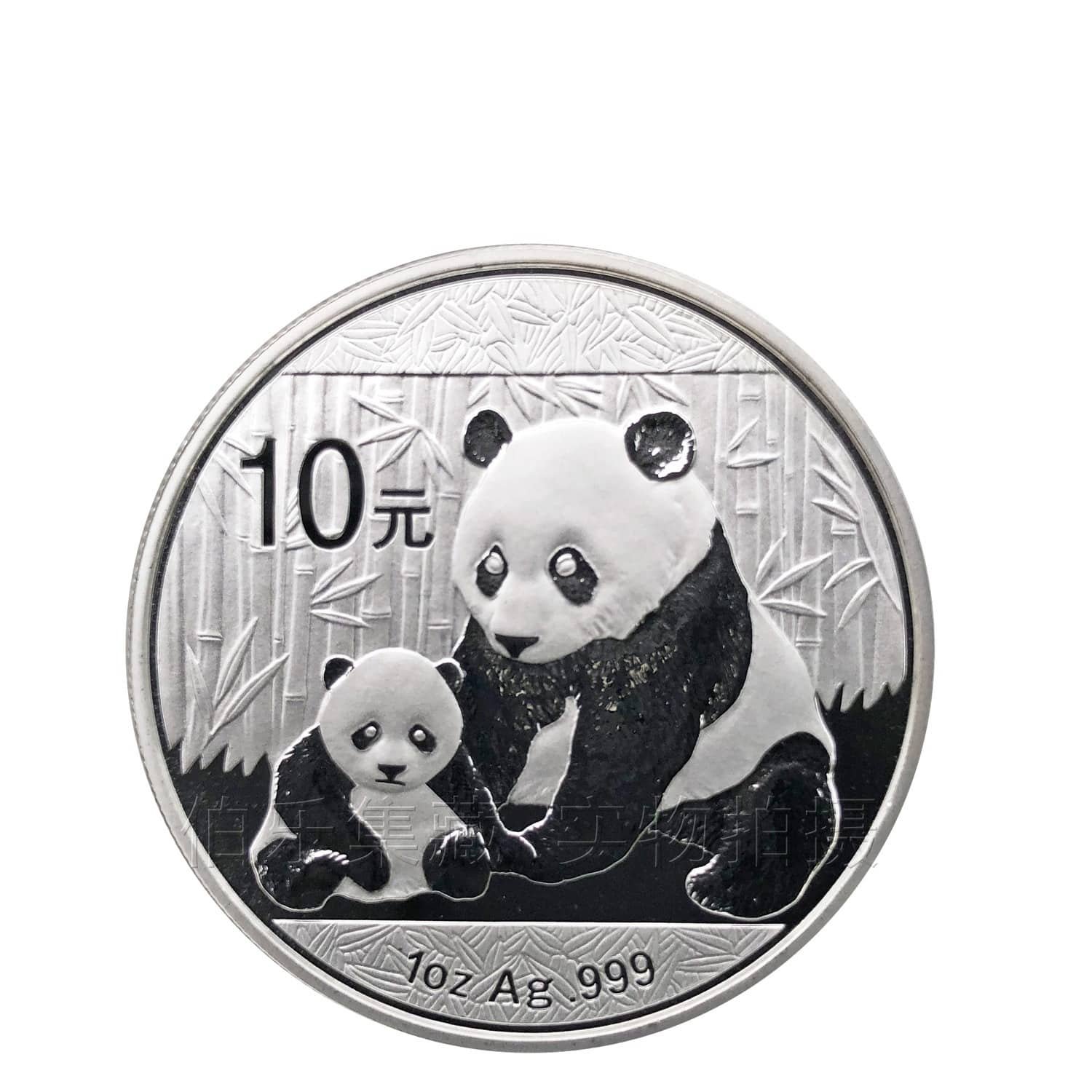Blog
The history of silver jewelry: from ancient civilizations to modern times
Introduction
Silver has captivated human imagination for millennia, its lustrous sheen and malleability making it a favored material for jewelry and adornments. From ancient civilizations to modern times, silver jewelry has played a significant role in human culture, serving as a symbol of wealth, status, and artistry. Let’s embark on a journey through time to explore the fascinating history of silver jewelry.
Ancient civilizations and silver
Mesopotamia and Egypt

The use of silver in jewelry dates back to ancient Mesopotamia, where excavations have revealed silver artifacts from as early as 4000 BCE. The ancient Egyptians also prized silver, often considering it more valuable than gold due to its rarity in the region. Pharaohs and nobility adorned themselves with intricate silver pieces, believing the metal had protective and healing properties.
Greece and Rome
In ancient Greece and Rome, silver jewelry became increasingly popular. The Greeks associated silver with the goddess Artemis and the moon, while Romans used silver coins as currency and crafted elaborate silver jewelry for the elite. Roman senators wore silver rings as a symbol of their status and power.
Medieval and Renaissance periods
European royal courts

During the Middle Ages and Renaissance, silver jewelry flourished in European royal courts. Elaborate necklaces, brooches, and tiaras adorned with precious gems became symbols of power and prestige. One notable example is the silver crown of Charlemagne, created in the 9th century and used in coronation ceremonies for centuries.
Religious significance
Silver also held great importance in religious contexts. Many religious artifacts, such as chalices, crosses, and reliquaries, were crafted from silver. The metal’s association with purity made it a popular choice for these sacred objects.
Colonial era and the New World
Spanish silver

The discovery of the New World brought about a silver revolution. Spanish conquistadors found vast silver deposits in Mexico and Peru, leading to a surge in silver production and trade. This influx of silver had a profound impact on global economics and jewelry-making traditions.
Native American silver work
Native American tribes, particularly the Navajo and Zuni, developed their own unique silver jewelry traditions. These artisans created intricate designs incorporating turquoise and other gemstones, producing pieces that are still highly sought after today.
Industrial Revolution and mass production
The Industrial Revolution brought about significant changes in silver jewelry production. New techniques and machinery allowed for mass production, making silver jewelry more accessible to the growing middle class. This era saw the rise of popular styles like Victorian and Art Nouveau silver jewelry.
Modern times and contemporary designs

Art Deco and beyond
The 20th century ushered in new artistic movements that influenced silver jewelry design. The Art Deco period, in particular, saw a surge in geometric and streamlined silver pieces. As the century progressed, designers experimented with abstract forms and minimalist aesthetics.
Silver purity standards: S925 and S999
In modern times, silver purity has become an important factor in jewelry. Two common standards are S925 and S999:
- S925 (Sterling silver): This alloy contains 92.5% pure silver and 7.5% other metals, usually copper. It’s the most common type of silver used in jewelry due to its durability and resistance to tarnishing.
- S999: This is nearly pure silver, containing 99.9% silver. While it’s purer than sterling silver, it’s also softer and more prone to scratches and dents. S999 silver is often used for decorative pieces or collectibles rather than everyday jewelry. You can find a post about this here.
Silver in culture and folklore
Think about something like this Indian elephant earrings.
FS10
Use this code to get an extra 10% off.

Royal anecdotes
Throughout history, silver has played a role in many royal tales and traditions. One such anecdote involves Queen Elizabeth I of England, who was said to have owned a silver ring that could detect poison. The ring supposedly contained a bezoar stone that would change color in the presence of toxic substances.
The legend of silver bullets
In folklore, silver bullets were believed to be the only weapon capable of killing werewolves and other supernatural creatures. This myth likely originated from silver’s association with purity and its supposed ability to ward off evil.
Silver jewelry around the world
Indian traditions
In India, silver jewelry has been an integral part of cultural and religious traditions for centuries. The country is known for its intricate silver filigree work and the use of silver in traditional anklets, toe rings, and waist chains.
Scandinavian design
Scandinavian countries have a rich tradition of silver jewelry making. Danish silver, in particular, gained international recognition in the 20th century for its sleek, modernist designs.
The future of silver jewelry
As we look to the future, silver jewelry continues to evolve. Contemporary designers are experimenting with new techniques, combining silver with unconventional materials, and pushing the boundaries of traditional design. Additionally, there’s a growing interest in sustainable and ethically sourced silver, reflecting broader concerns about environmental and social responsibility in the jewelry industry.
Conclusion
From ancient civilizations to modern times, silver jewelry has been a constant companion in human history. Its ability to adapt to changing tastes and cultural preferences has ensured its enduring popularity. Whether it’s a family heirloom passed down through generations or a cutting-edge design fresh from a contemporary studio, silver jewelry continues to captivate and adorn, telling the story of human creativity and craftsmanship through the ages.
As we wear silver jewelry today, we carry with us not just a beautiful accessory, but a piece of history – a tangible link to the artisans, rulers, and ordinary people who have treasured this lustrous metal for thousands of years. The story of silver jewelry is far from over, and it’s exciting to imagine what new chapters will be written in the years to come.





